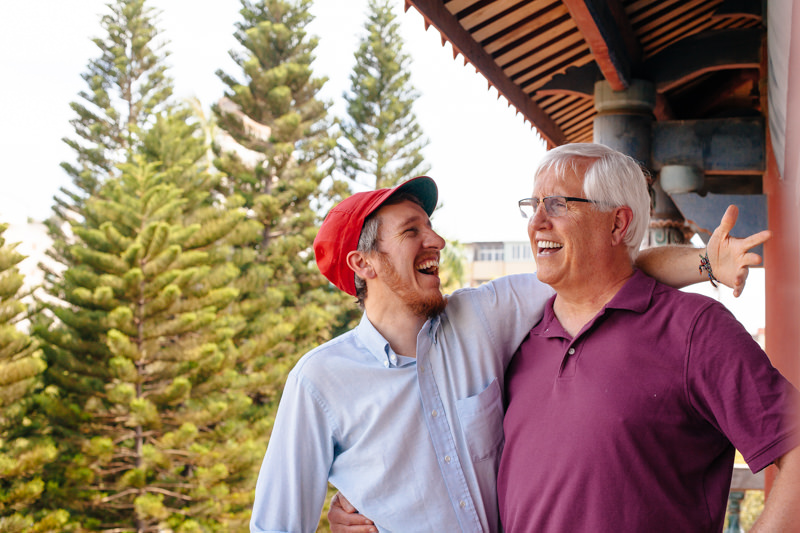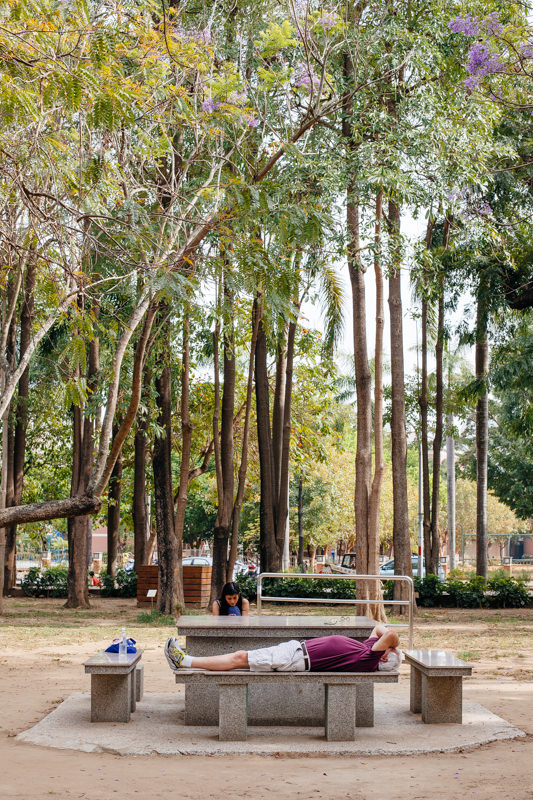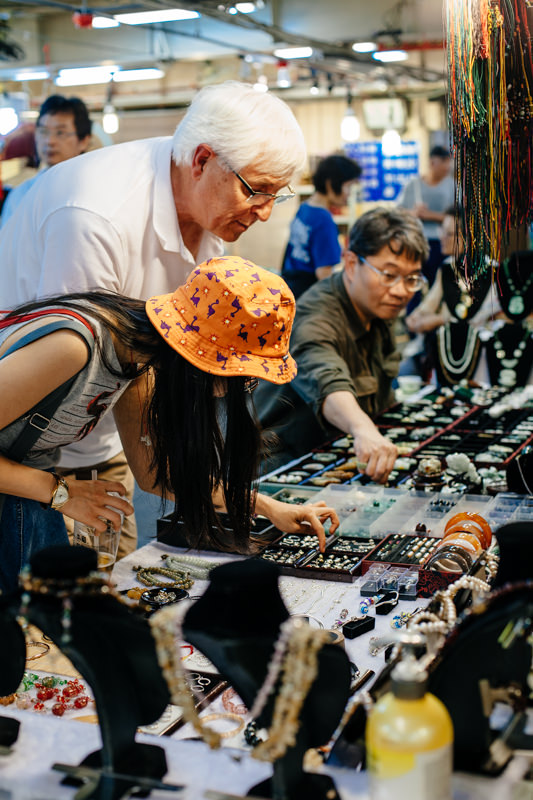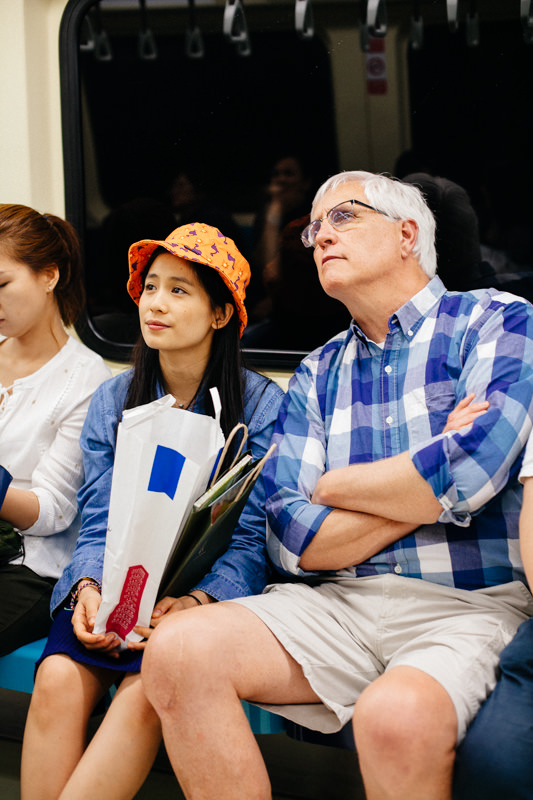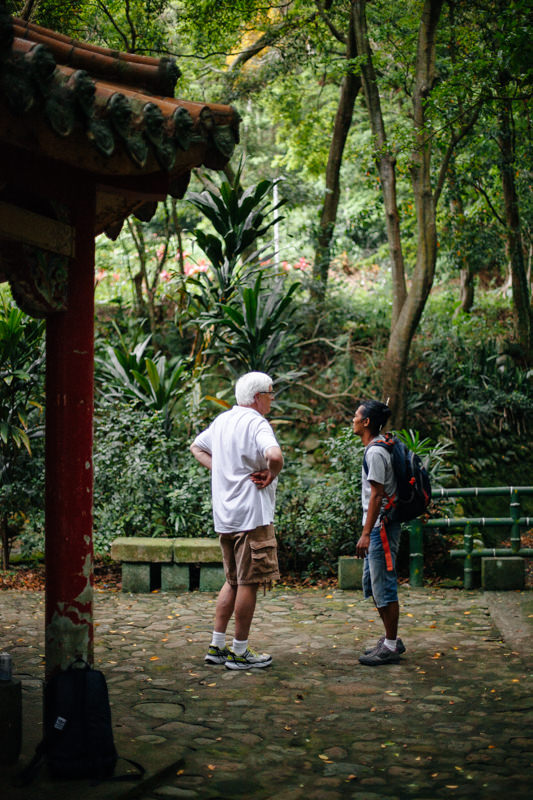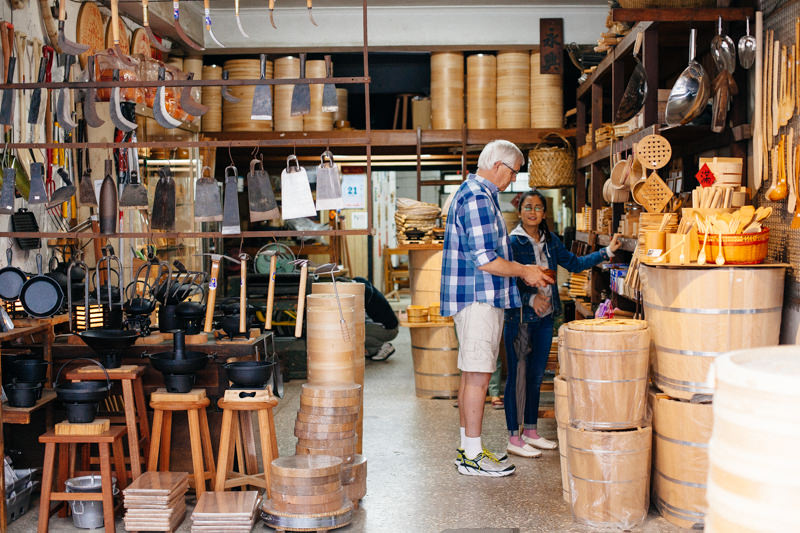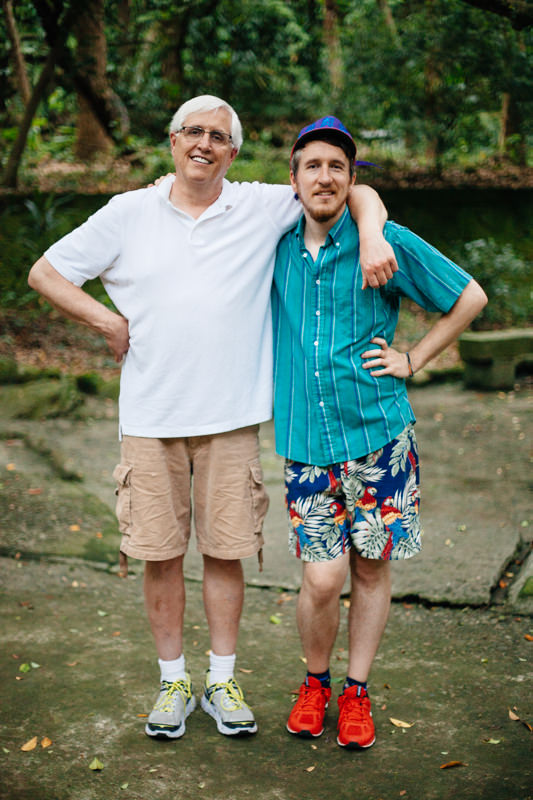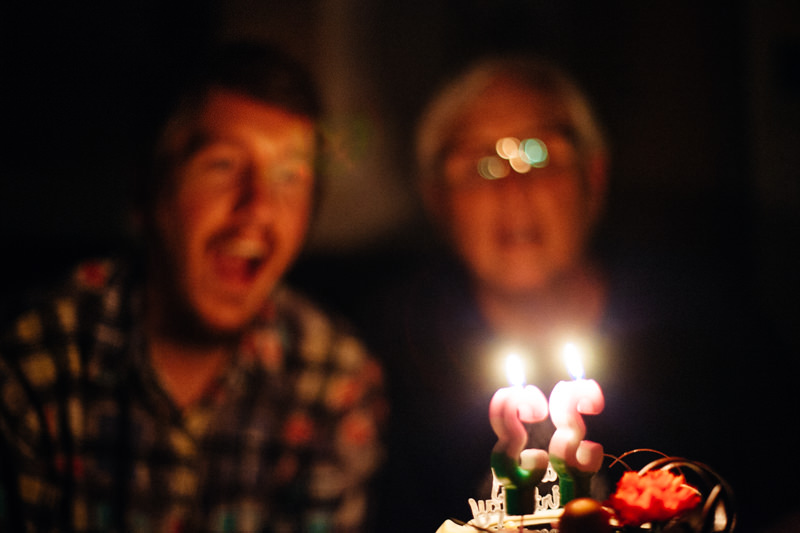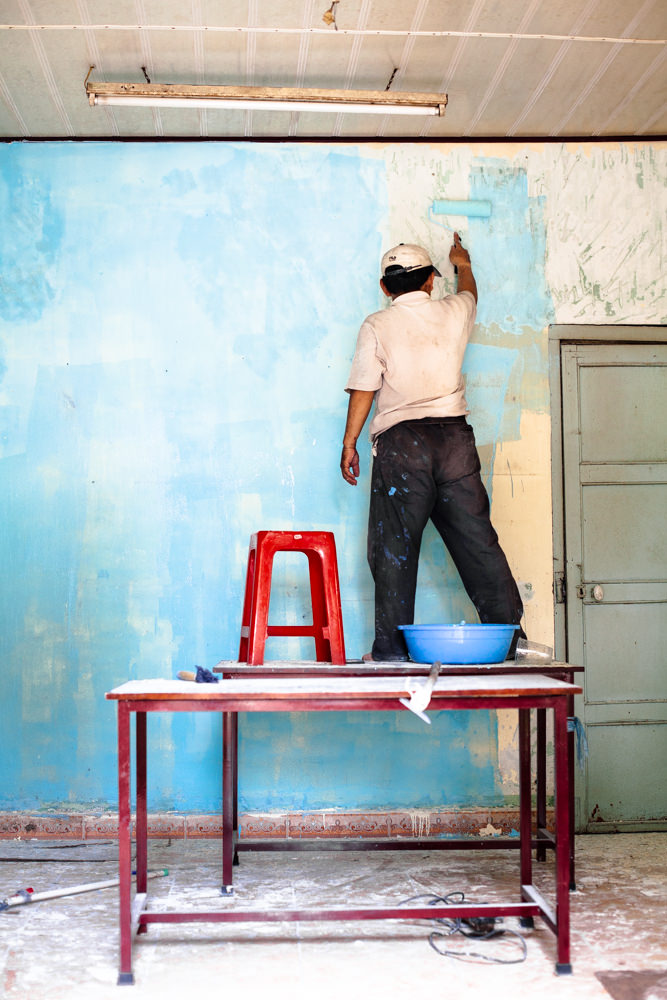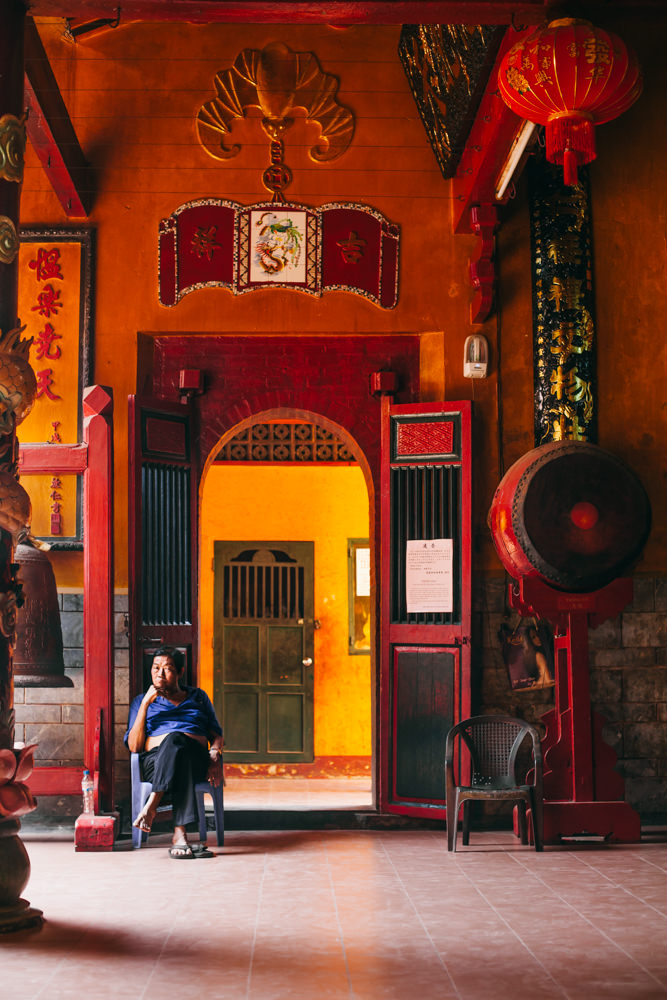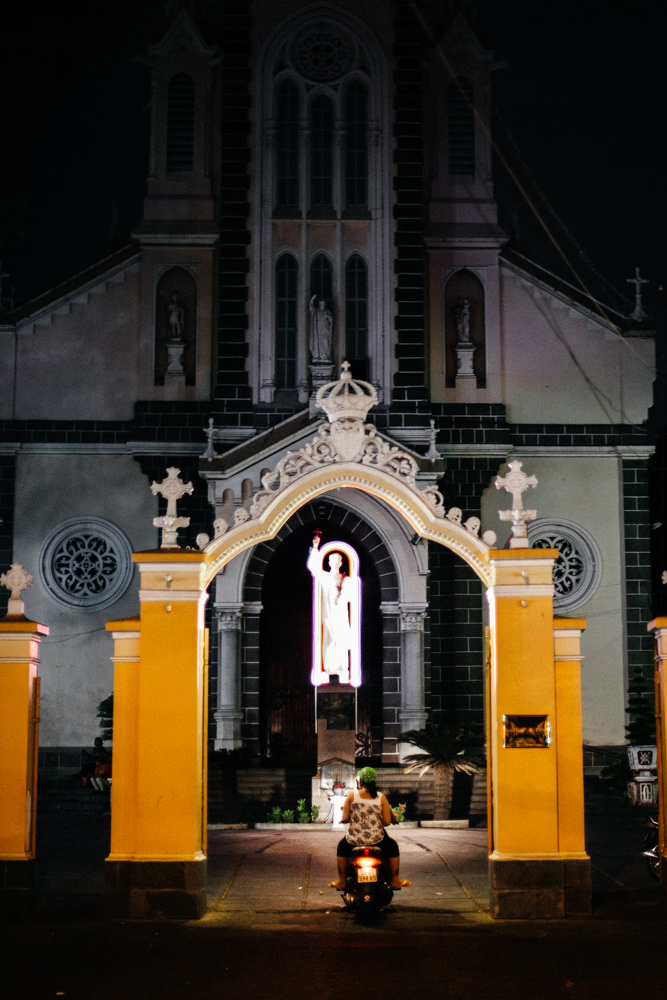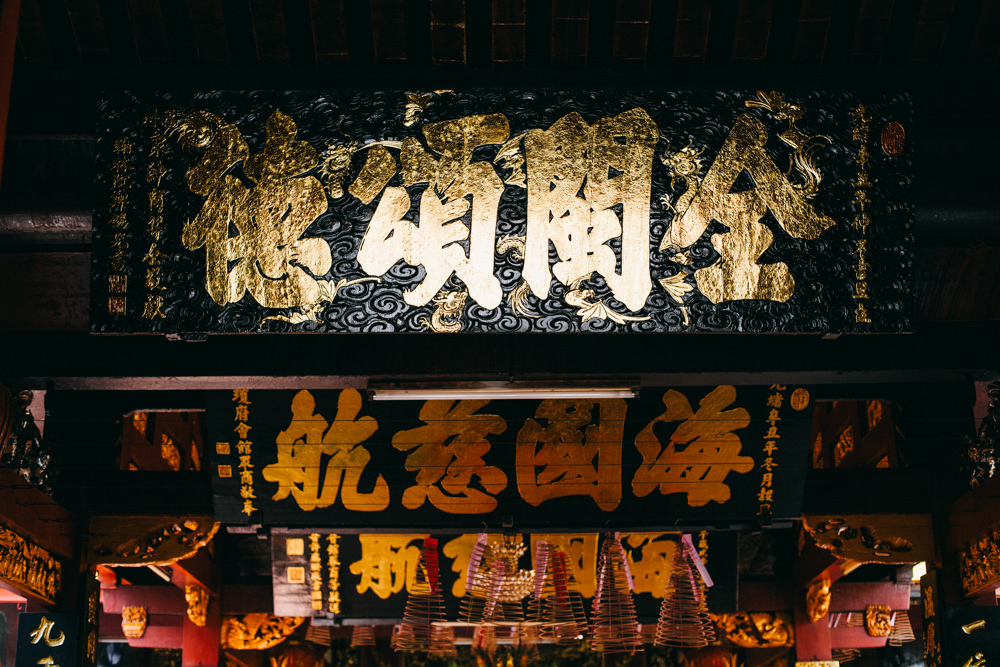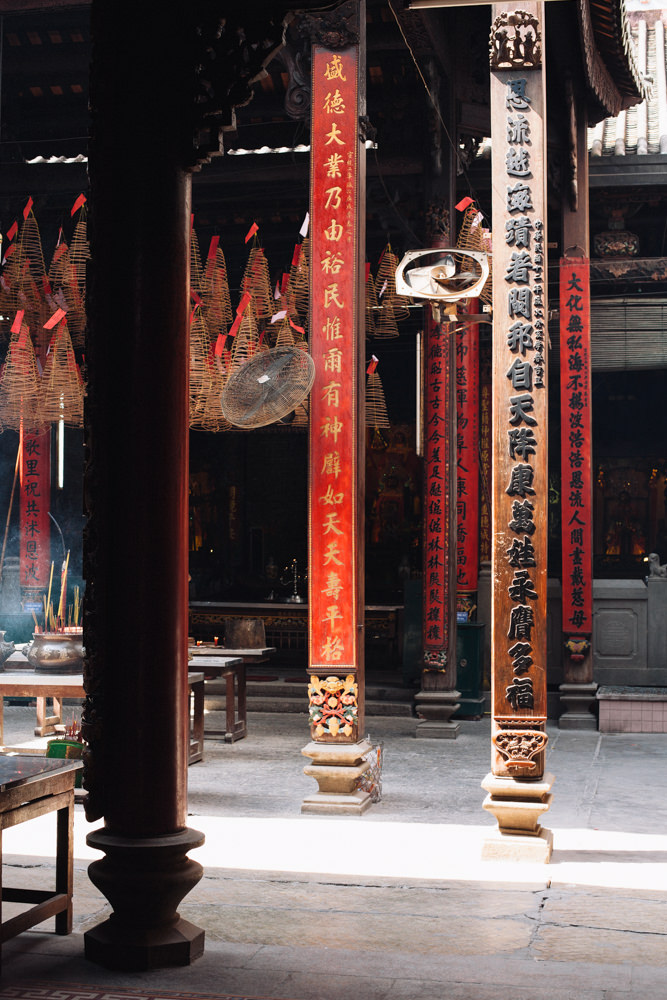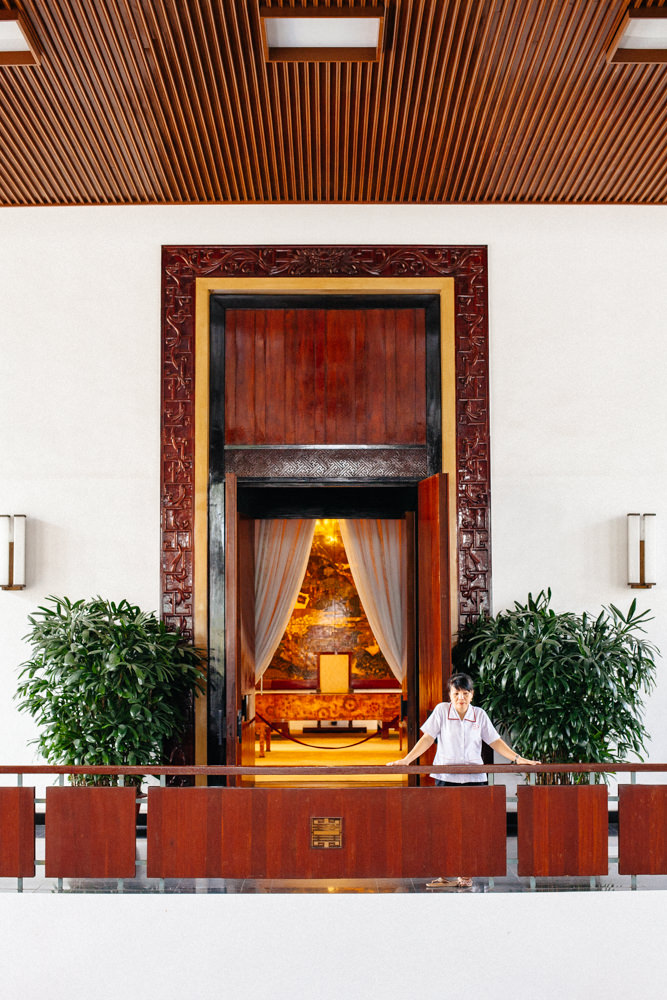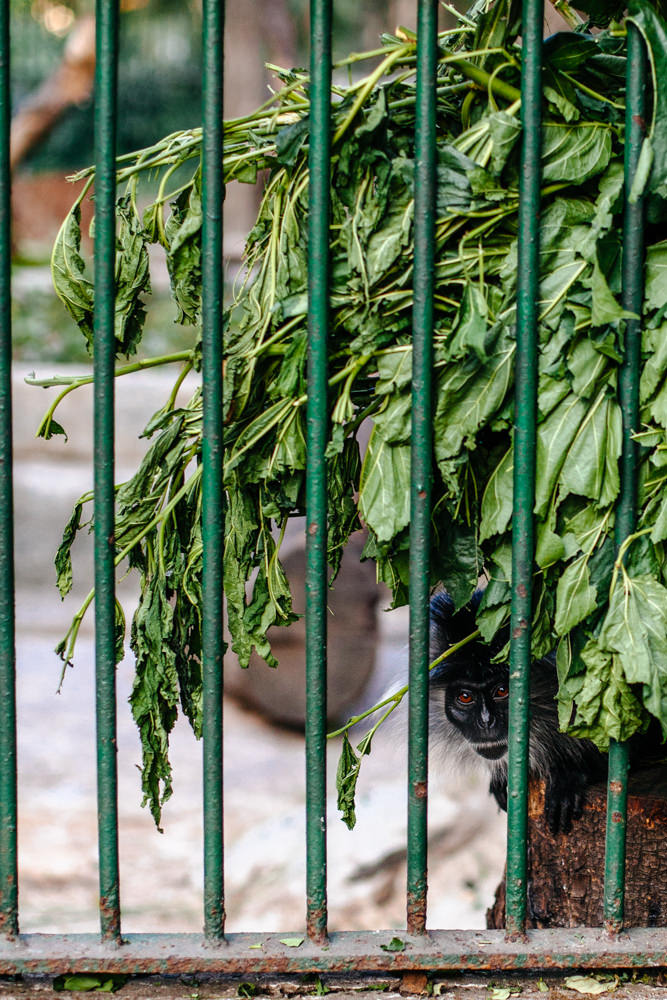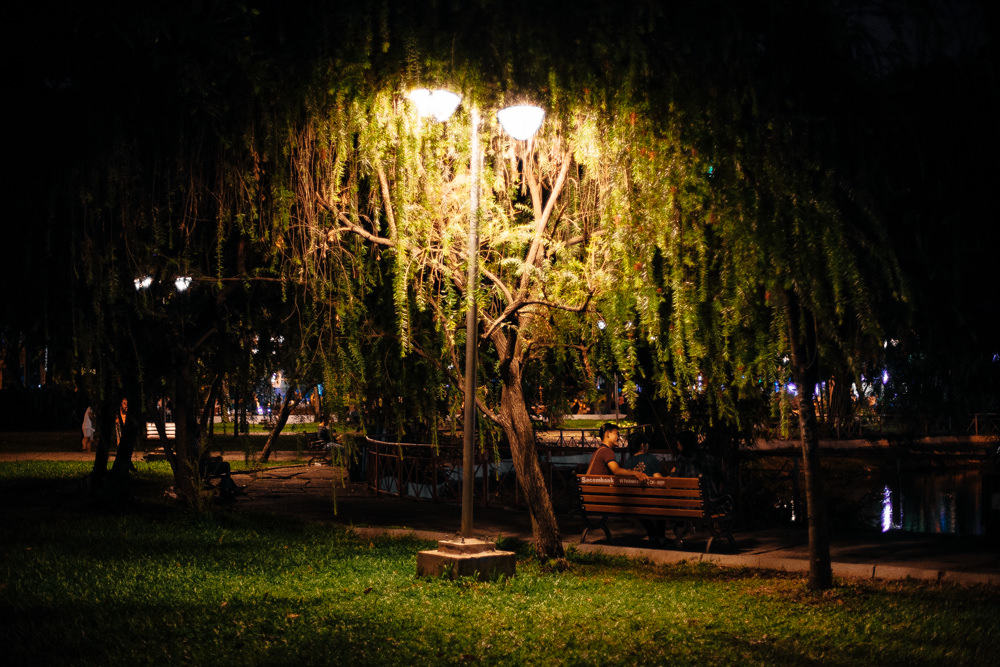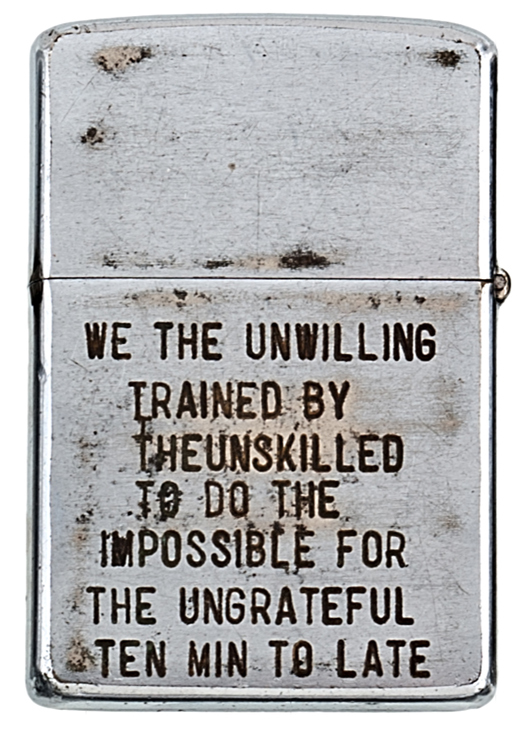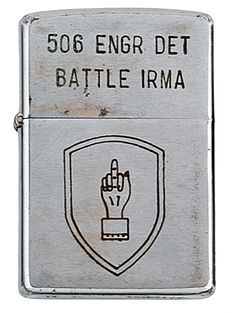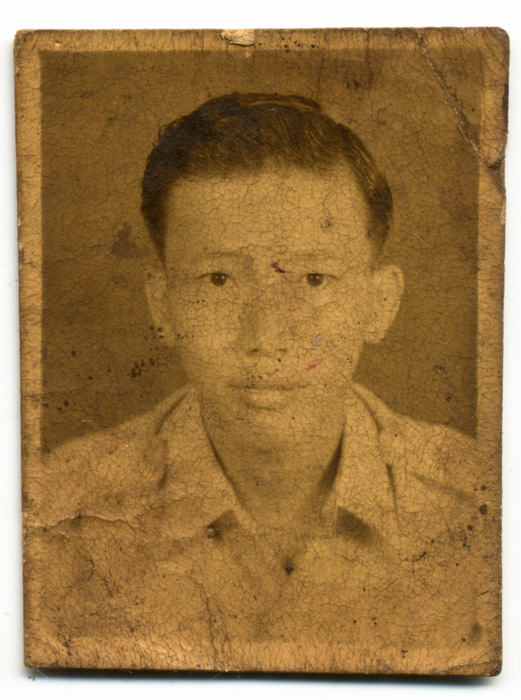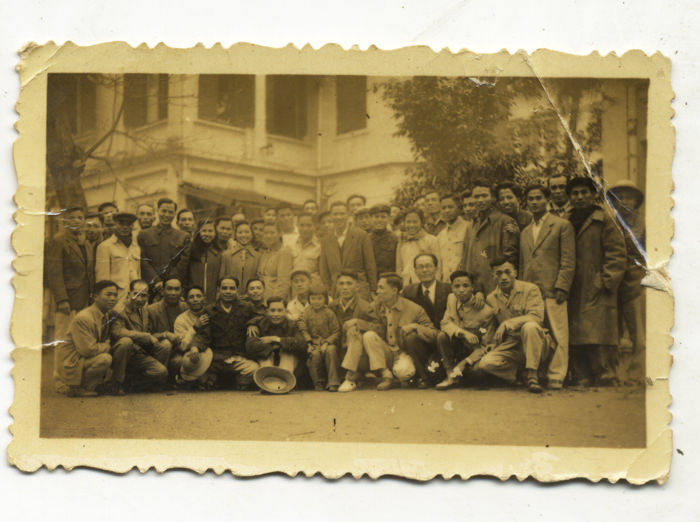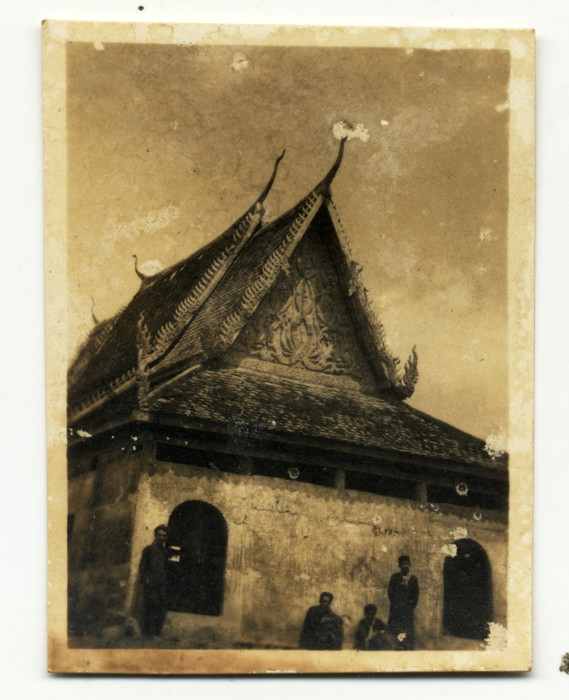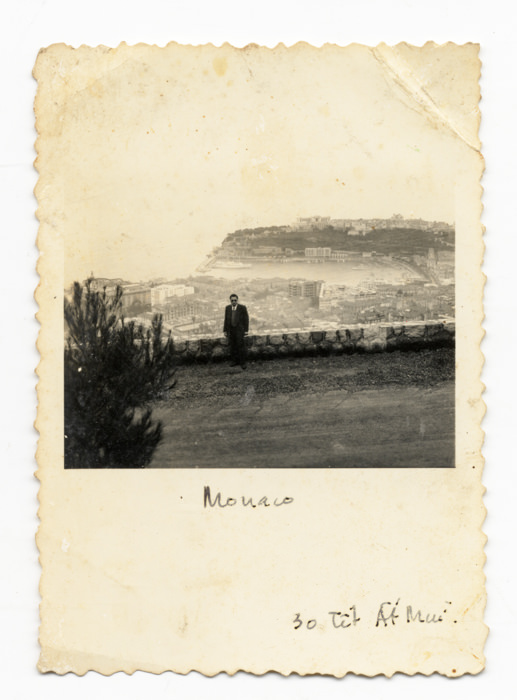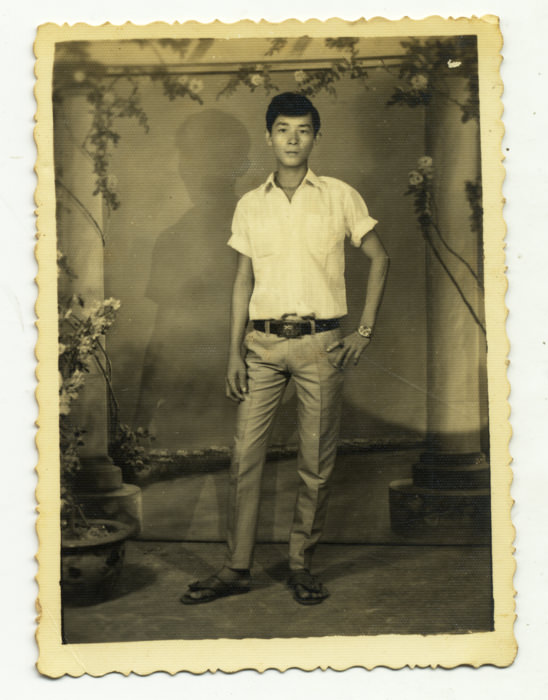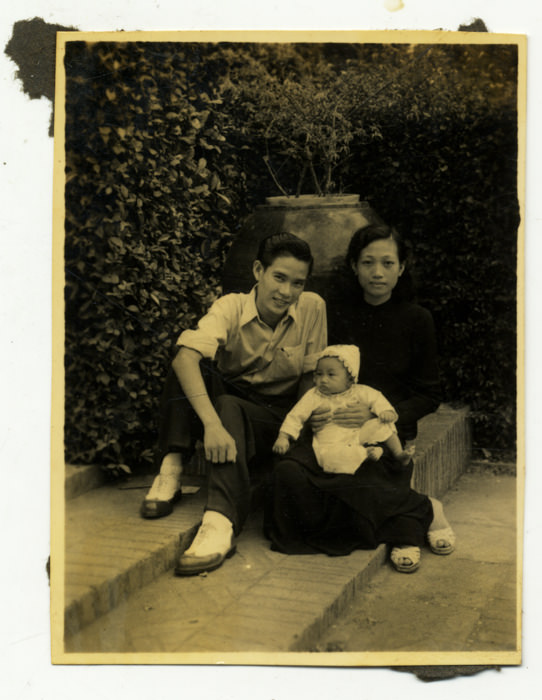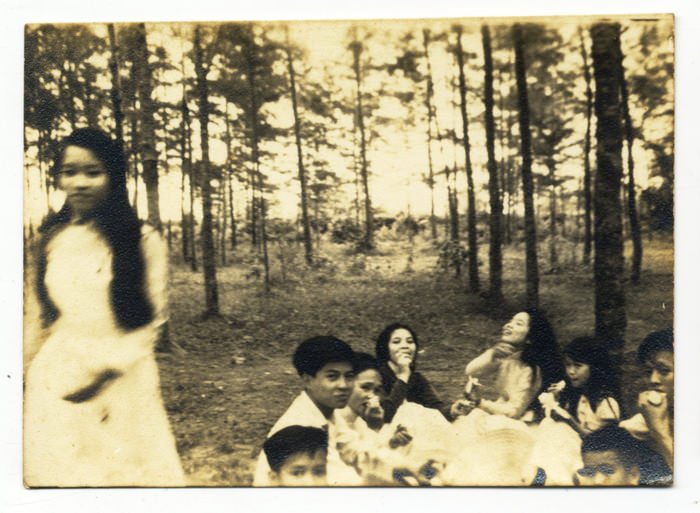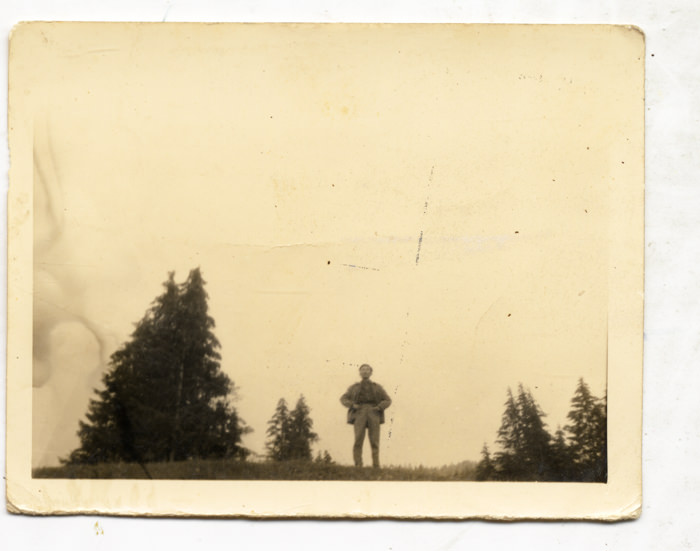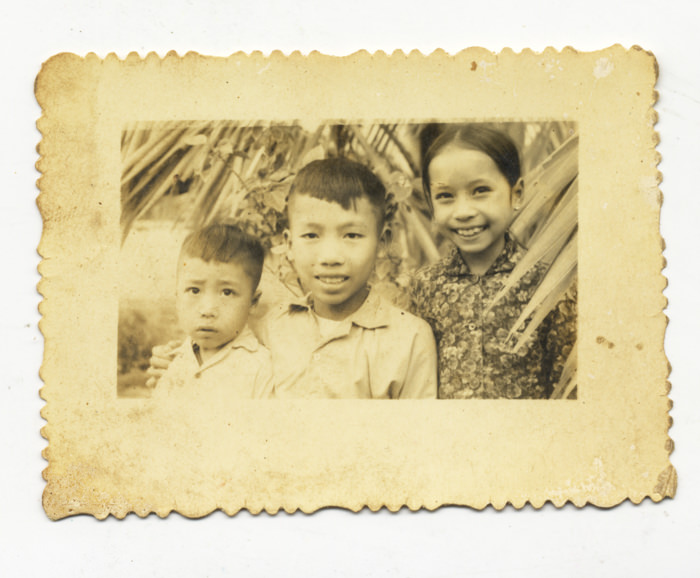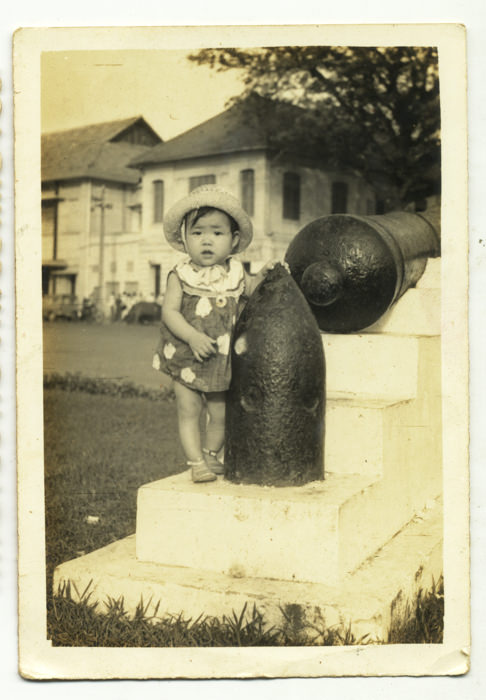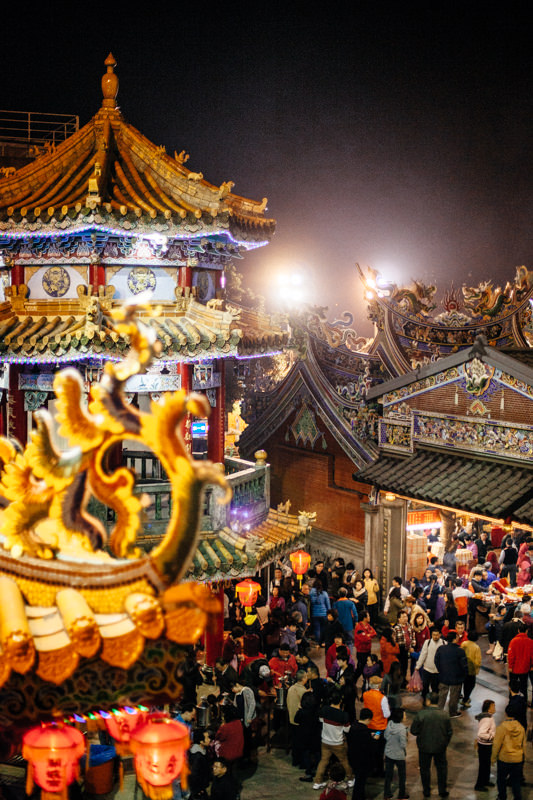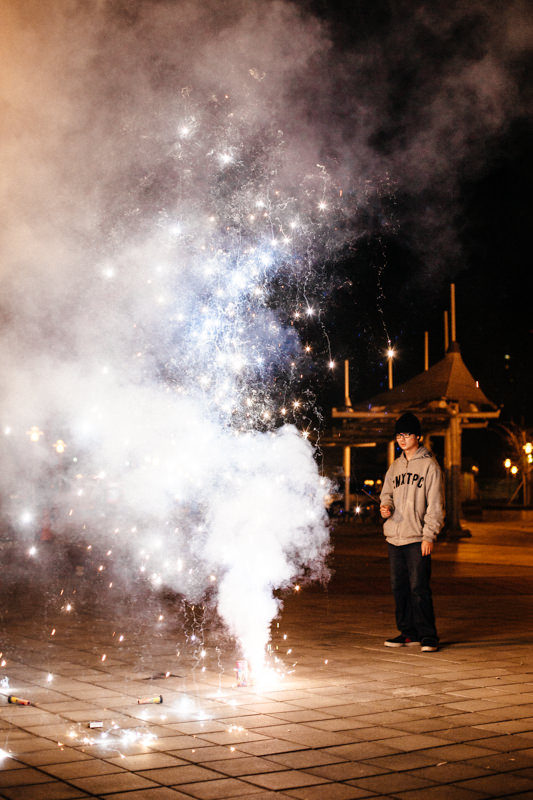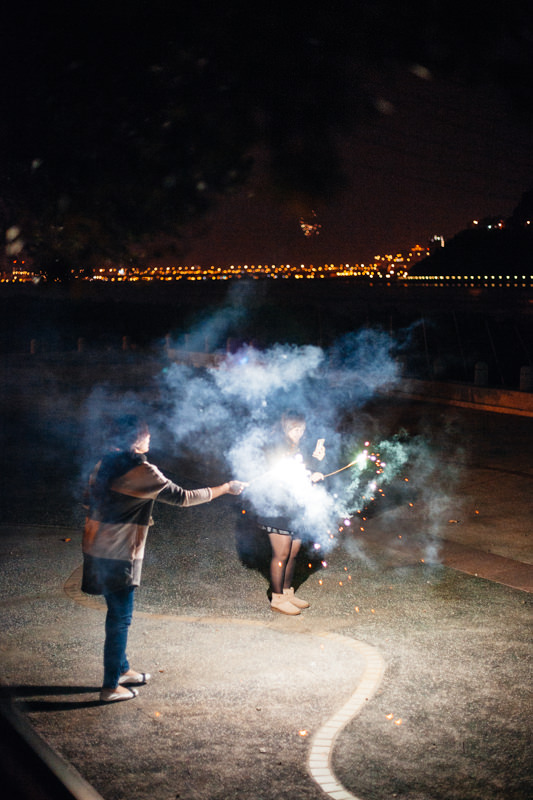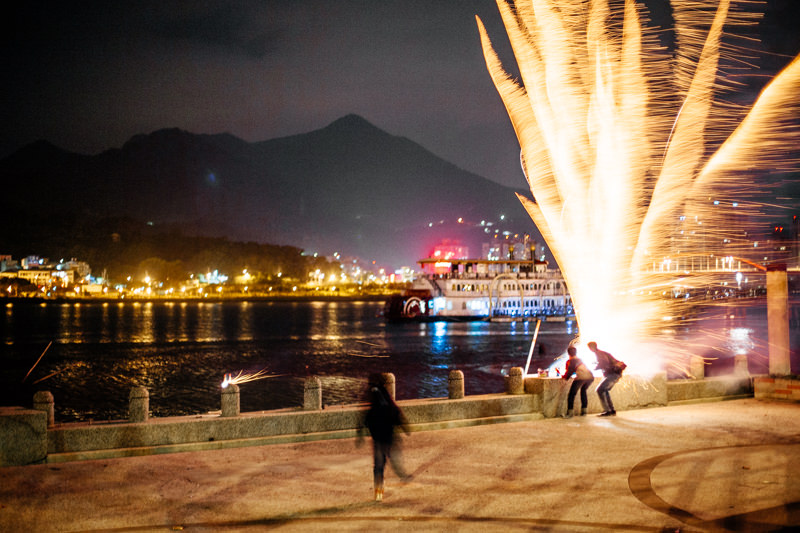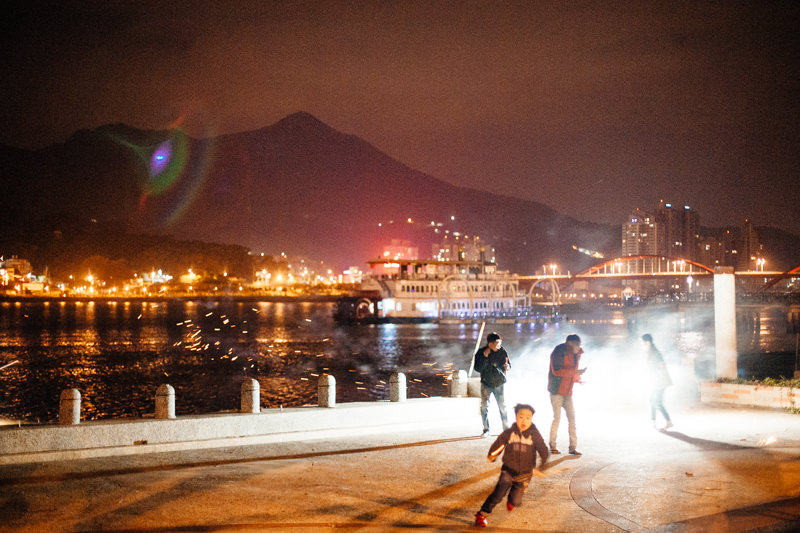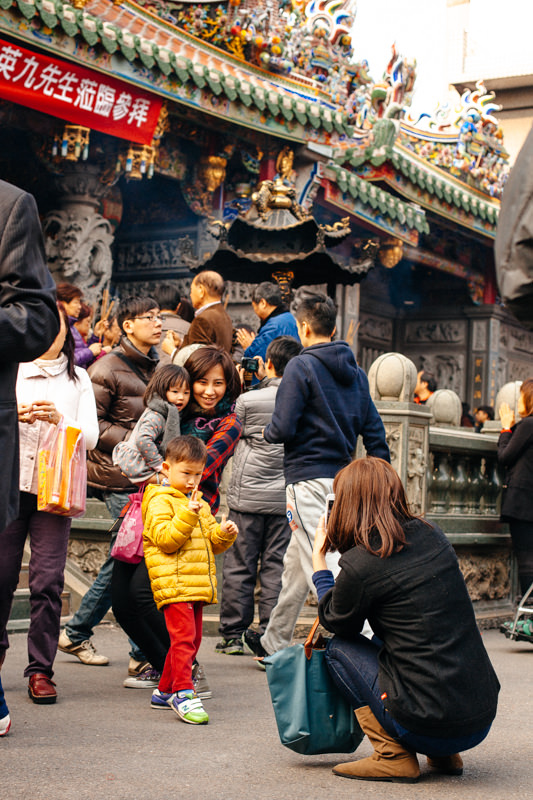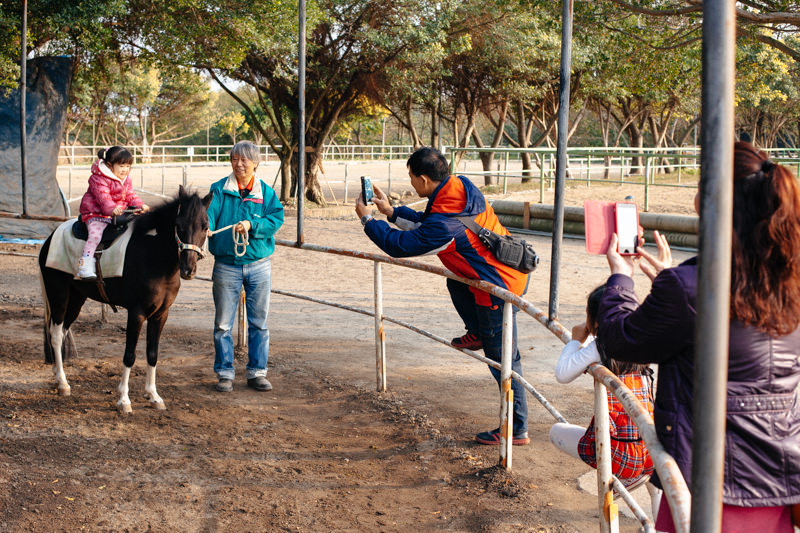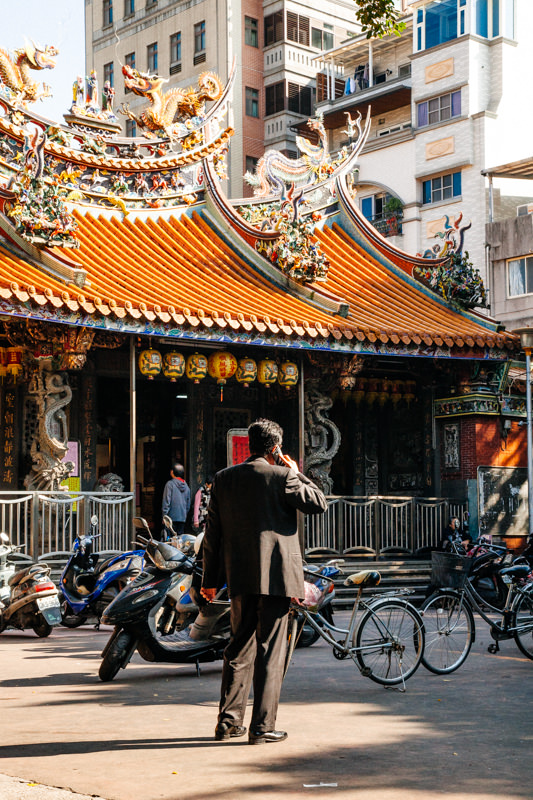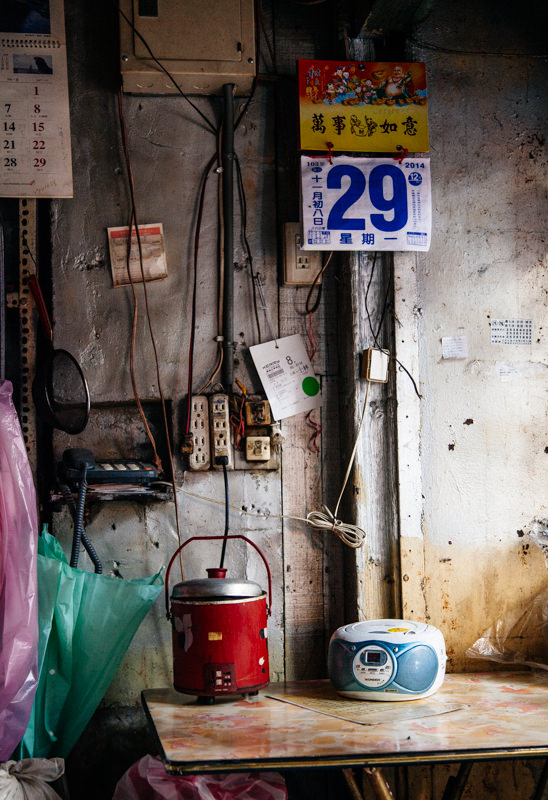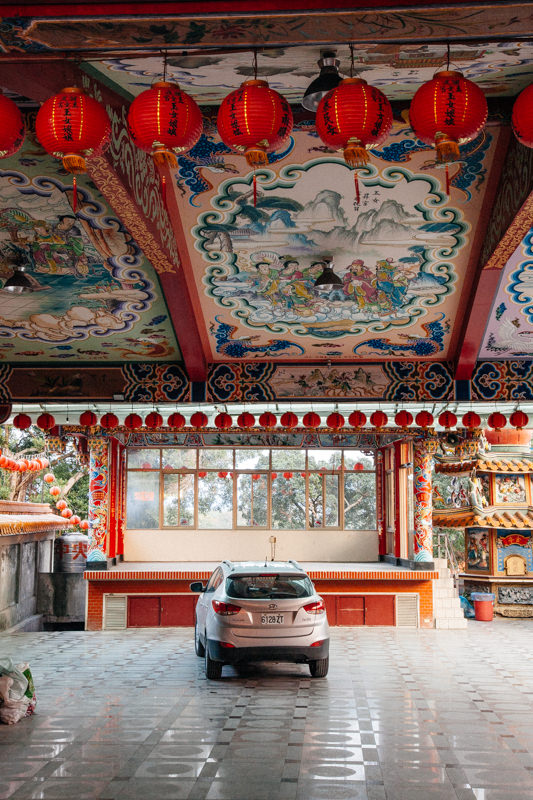Reuniting with my parents is always an incredible joy in my life. My Mom was in Taiwan last year and this year, for my birthday, my Dad came. As we are extensions of each other, it was beyond meaningful to share my setting and my life here. Taipei, the place, has had a significant impact on me...and since my Dad and I are so similar - or rather, since I'm very much like him - I felt confident this would make a big impact on his life. It ended up making a huge and encompassing impression on us both. To see yourself in your Dad, to share views with a feeling of safety - just to hang around each other here was something I wish everyone could do with their father and something that I feel overwhelmingly fortunate to have been able to do.
In any event, he's a part of me and my thoughts, in a much more significant way than any other content on this site, so I thought I could dedicate this one to him. Enjoy these few pictures - this is me, and my Dad and the lady Ruei.


![Checking out the Taiwan Barbet aka Five Color Bird and the Japanese White Eye [check out more of the xeno-canto site through this link].](https://images.squarespace-cdn.com/content/v1/54d36921e4b0a740b625511e/1432136676396-K1LTVFROWCXQNKBXXLR4/DadVisit_%282_of_14%29.jpg)

